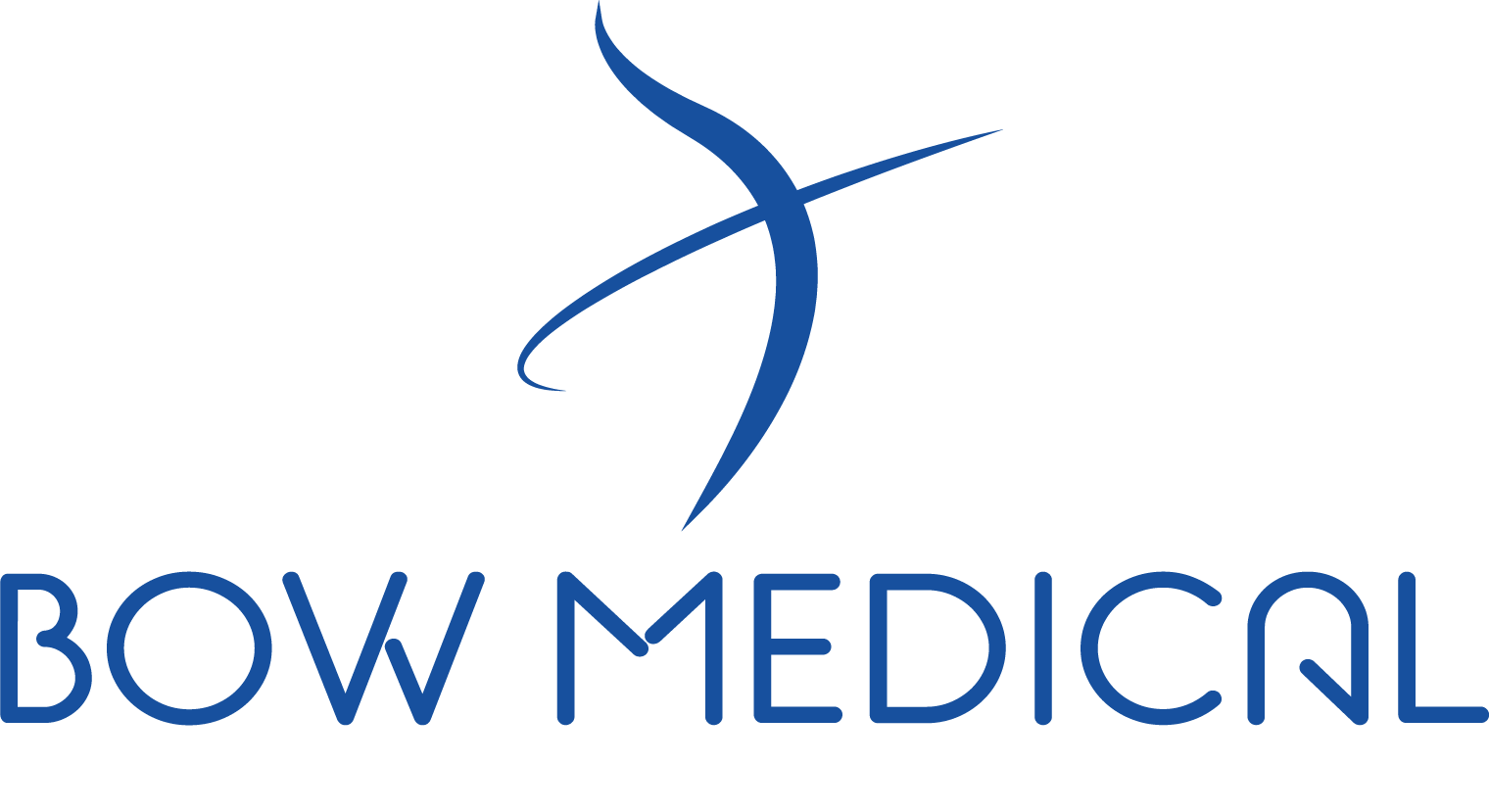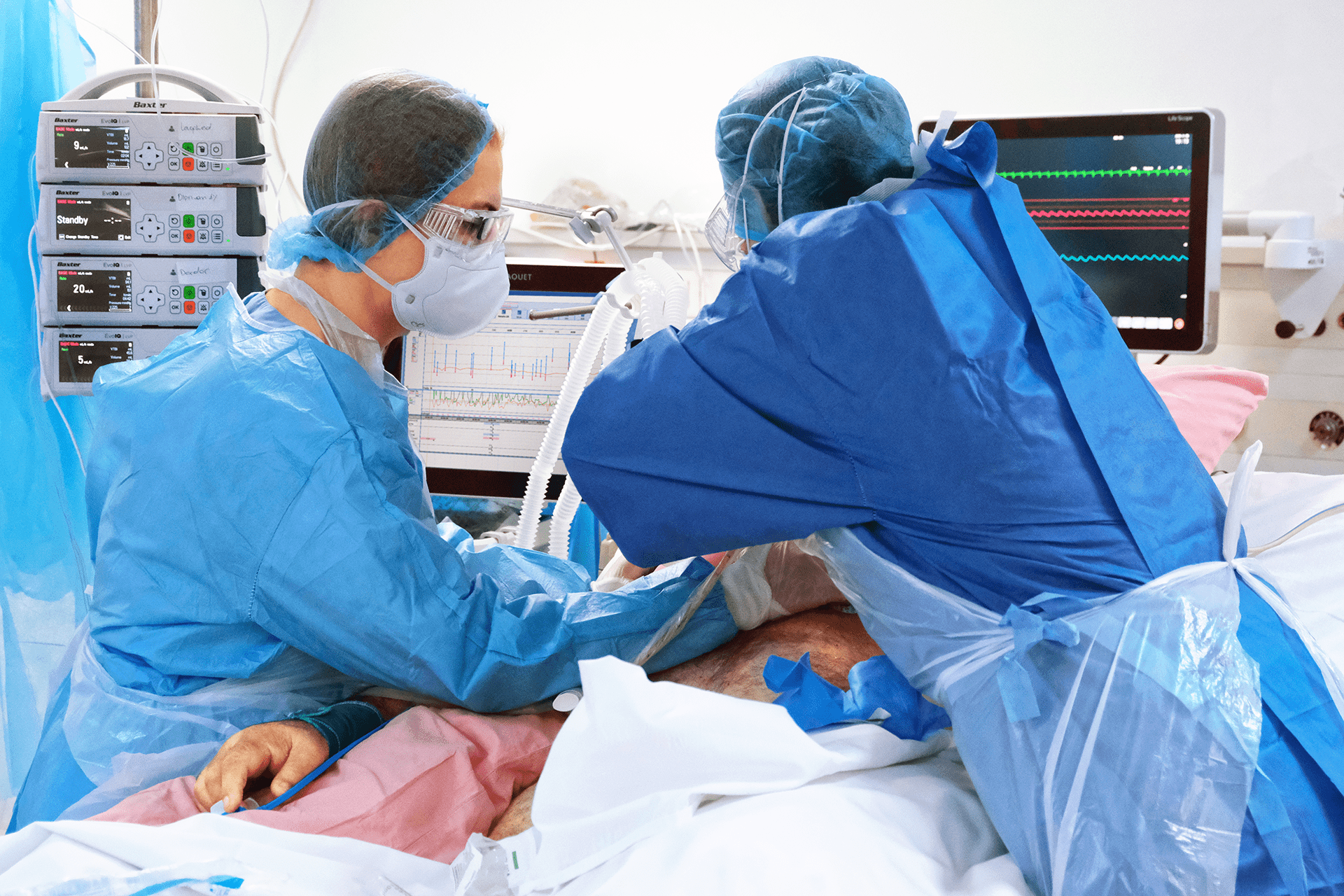When discussing modern anaesthesia, it’s essential to explore digital solutions like Diane Aims, comparing them to traditional systems to understand the advantages and disadvantages of each approach. In this article, we’ll conduct a detailed analysis of Diane Aims’s features, advantages, and disadvantages compared to conventional anaesthesia management methods.
Features of Diane Aims
Diane Aims is a computerized anaesthesia management system designed to provide a comprehensive solution, from patient intake to the operating room and through to the recovery room. Here are some of its key features.
Automated Data Entry
One of Diane Aims’s most striking features is the management of anaesthetic protocols. The software allows for the automatic entry of clinical data, anaesthetic events, and surgical events. This significantly reduces the risk of transcription errors and enables precise documentation of patient information.
Real-Time Alerts
The system is equipped with real-time alerts that notify healthcare professionals of abnormal data or potential issues. This feature promotes immediate intervention in case of complications under the best possible safety conditions.
Medication Traceability
The prescription assistance software, Diane Aims, provides accurate medication traceability, essential for ensuring compliance with anaesthesia protocols and preventing dosage errors.
At the end of the procedure, all data and prescribed products will be transmitted and automatically sent to the patient’s record in the establishment.
Advantages of Diane Aims Compared to Traditional Systems
Increased Accuracy and Safety
Diane Aims significantly improves the accuracy of anaesthesia management. Automated data entry reduces the risk of transcription errors, while real-time alerts help quickly identify potential problems, thus ensuring greater patient safety.
Operational Efficiency
By replacing manual documentation processes, Diane Aims frees up time for healthcare professionals, allowing them to focus more on patient care. This improves the overall operational efficiency of the medical team.
In-Depth Data Analysis
Data collected by Diane Aims is easily accessible and can be analysed in-depth. This feature allows for identifying trends, improving practices, and making data-driven decisions to enhance anaesthesia protocols.
Training Required
The introduction of Diane Aims requires support from medical staff to ensure the software’s optimal use.
Diane Aims represents a significant advancement over traditional anaesthesia systems. Its automated features, real-time alerts, and data analysis capabilities significantly enhance the accuracy, safety, and efficiency of anaesthesia management.
In upcoming articles, we’ll delve deeper into the benefits of Diane Aims, including its impact on patient safety and care quality.
We invite you to continue exploring how this digital solution is redefining the standards of modern anaesthesia.
About Bow Medical
Bow Medical is a leading European company specializing in software for critical care.
For over 20 years, Bow Medical has been designing the Diane software platform to improve and secure critical care in anaesthesia and intensive care.
The provision of software solutions for critical care management is a specific segment of the patient record that requires strong industry expertise.
Its digitization brings added value focused on performance, reliability, security, and time optimization.
More than 450 hospitals and clinics use our software daily, with 5 million anaesthesia consultations per year performed in Diane Poa (approximately 70% of computerized consultations in France).
Over 3,000 operating rooms are equipped with Diane Aims, and more than 1,200 intensive care beds facilitate patient care through Diane Icu.





